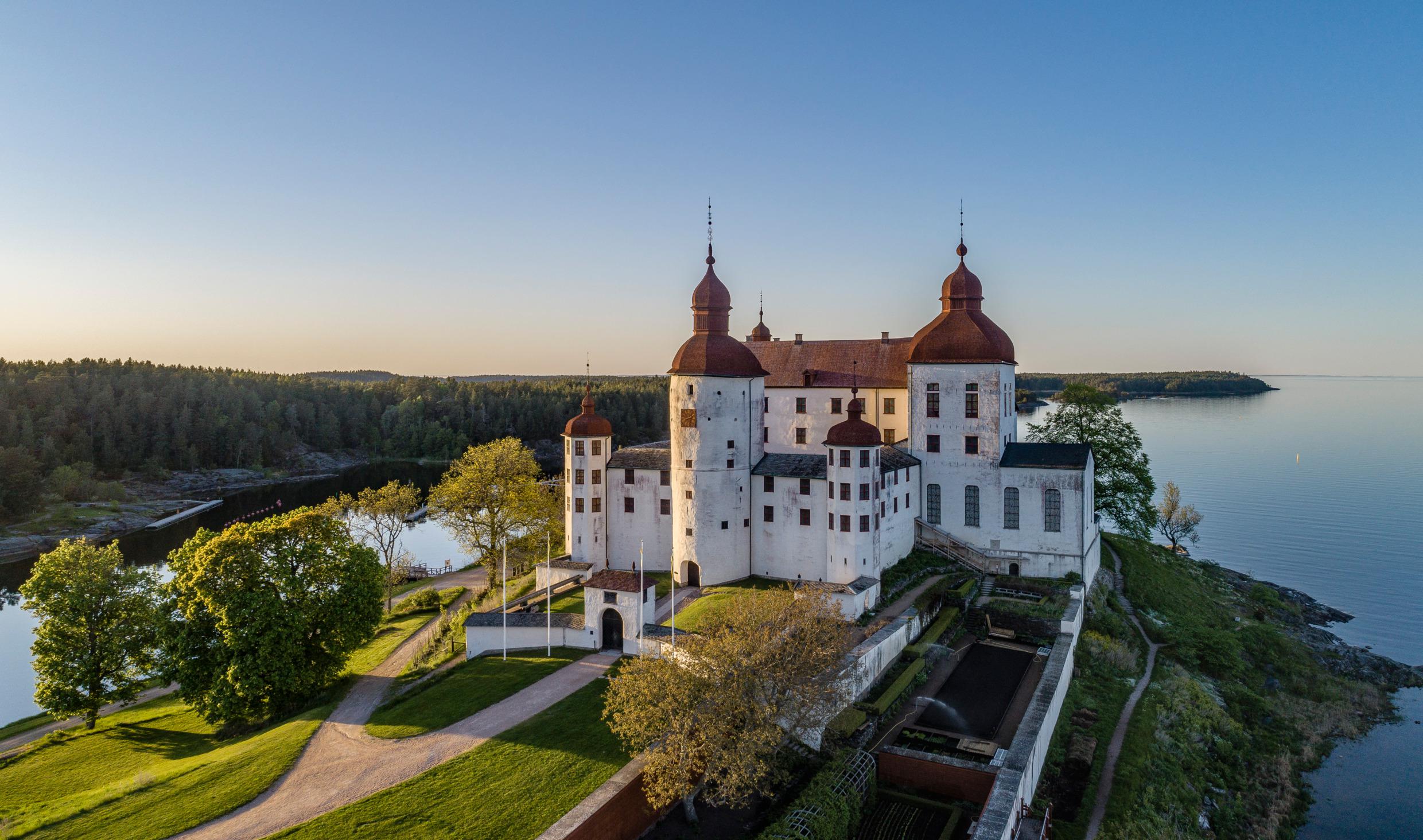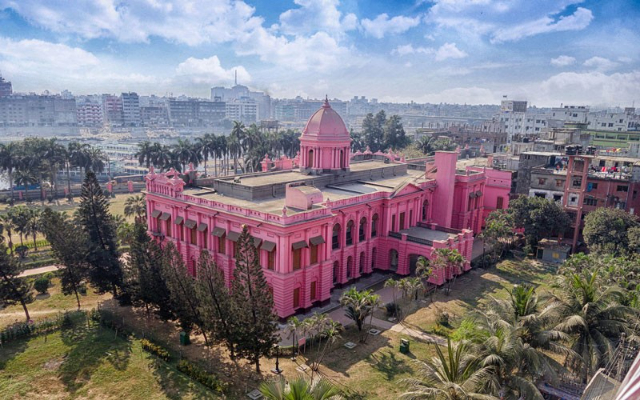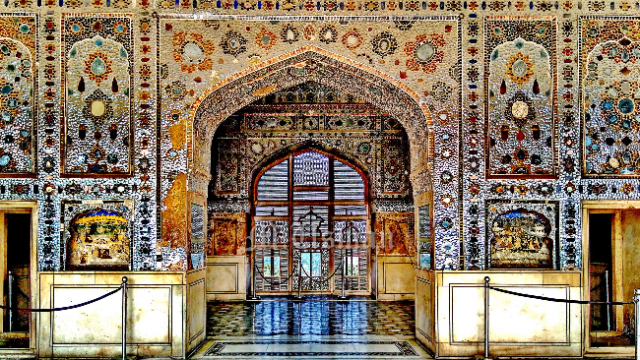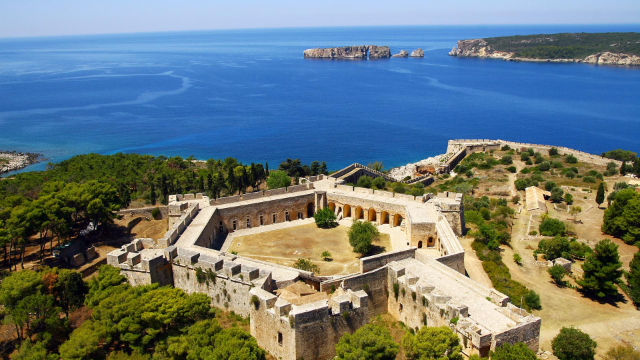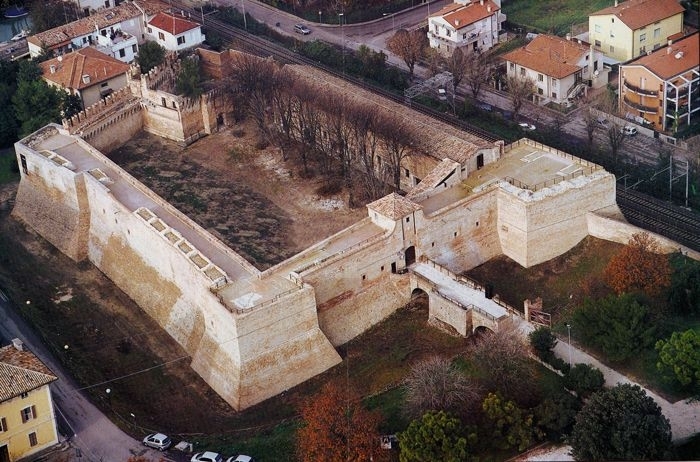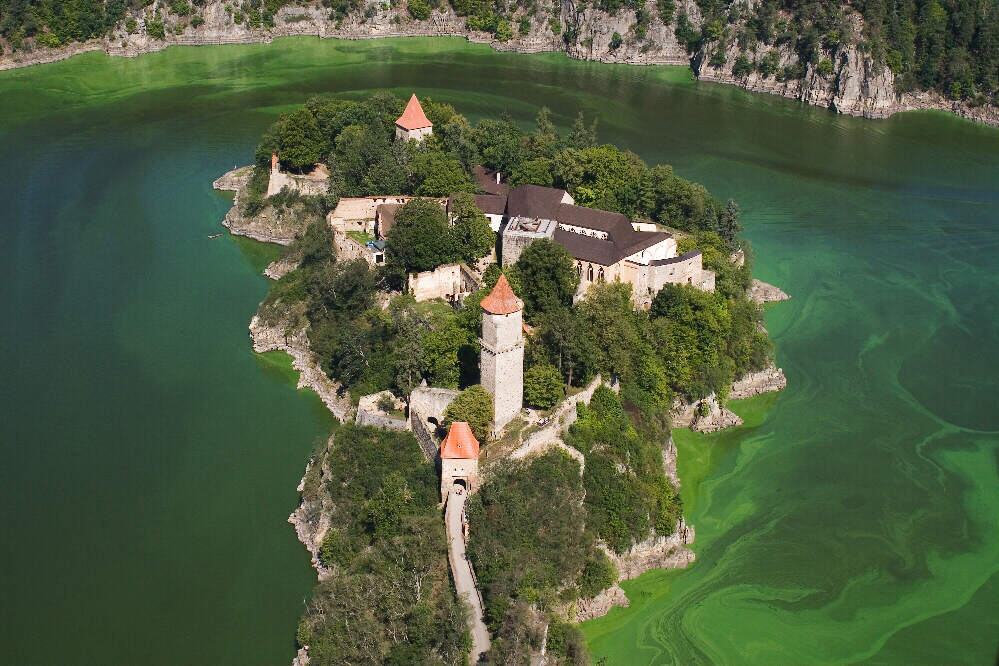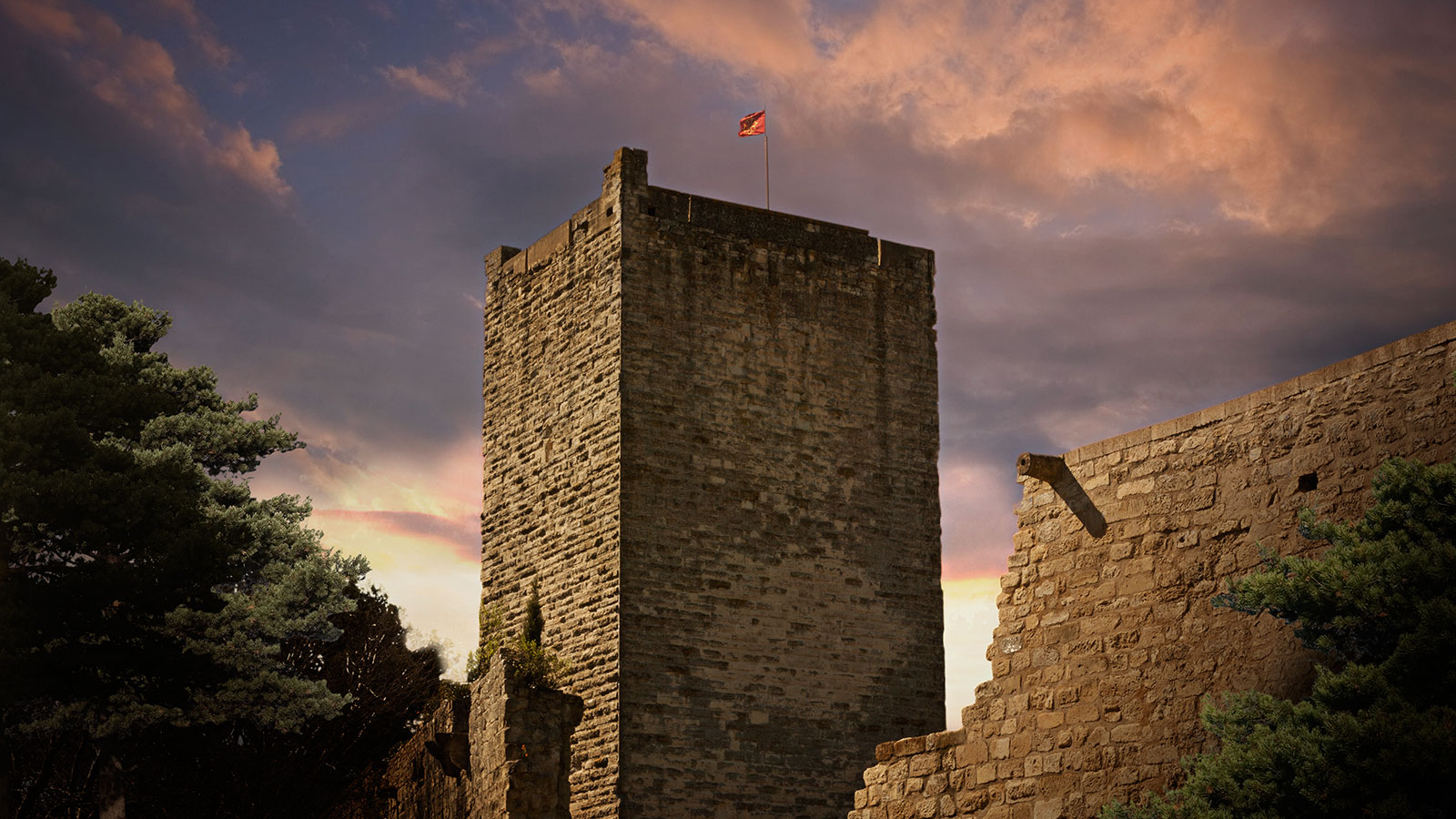<p>Castle Läckö is best known as De la Gardie’s magnificent castle/mansion on the shores of Lake Vänern, but it is much older. In 1298 Brynolf Algotsson, Bishop of Skara, laid the foundations for a fortified castle here. Probably no more than a redoubt surrounding a few simple houses, it was nevertheless strategically located in the middle of his diocese. After the reformation in 1527, Läckö ceased being a bishop’s castle, reverting instead to the crown. Gustav Vasa took possession. For a while Läckö was poorly maintained until his brother-in-law, Svante Sture, took possession, repairing and improving the property. He was followed by Hogenskild Bielke, married to Sture’s daughter Anna. He was made a baron and granted Läckö as his barony in 1571. His accounts and letters describe all tasks and inventories at the castle. Tradition has it that he was the one who ordered the still extant painting in a couple of the rooms. The couple was also known for having owned one of the largest libraries of that period. After various problems Hogenskild Bielke was sentenced to death and executed at Stockholm in 1605. Field marshal Jacob Pontusson De la Gardie was granted the property in 1615. Count De la Gardie embarked on an extensive building spree, including the third floor of the keep. The portal to the main courtyard was added during this period, as were the frescos depicting people and winding plants found in niches, stairwells and the rooms on the third floor. Count Magnus Gabriel De la Gardie was only 30 when took over the castle and the county. In 1654 he initiated immense construction projects at Läckö, including new rooms and housing for the staff in the gatehouse. He also added the kitchen wing, the castle chapel and a fourth floor on the keep. Even if the Middle Ages hover over large parts of the castle, it is the Baron’s castle we see when we visit Läckö today.</p>
